Are you confused about the differences between a commode and a toilet and wondering which one you should use between the two?
Many other people are, and the double meaning of the term “commode” doesn’t make it any easier.
Of the two, we’ve found that one is ideal for people without serious mobility challenges, and the other is better suited for people with disabilities or those with permanent or temporary limited mobility.
Let’s take a closer look.
TL;DR: Commode vs Toilet

Commode
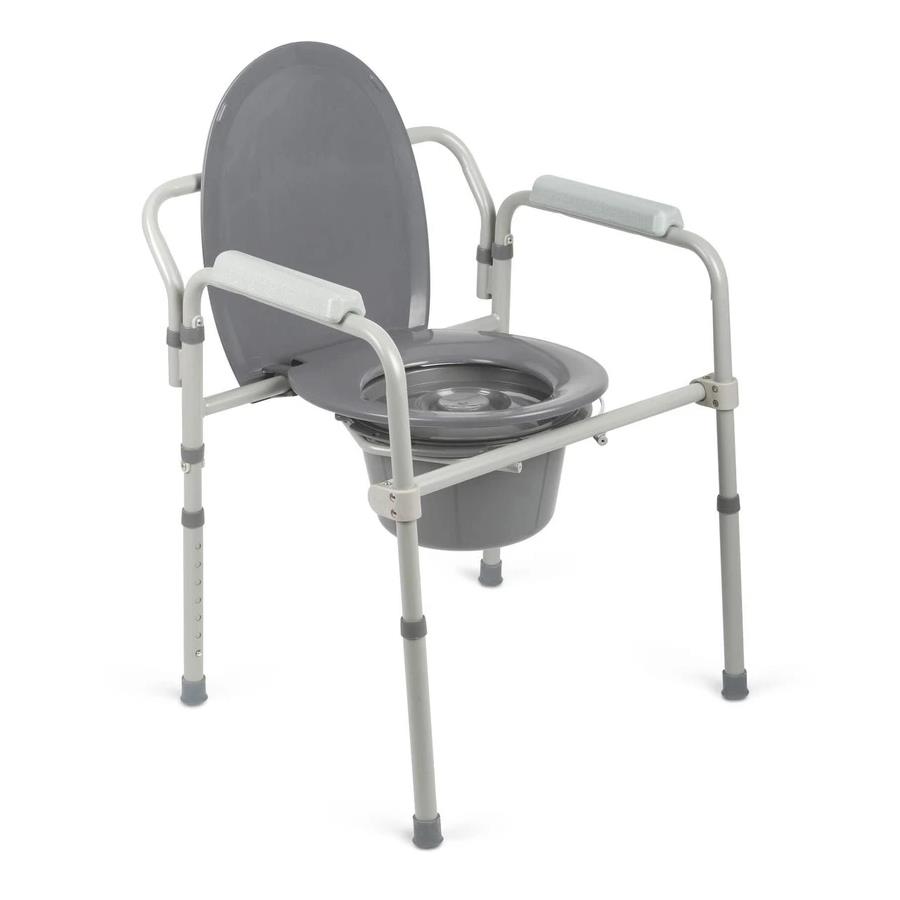
Toilet
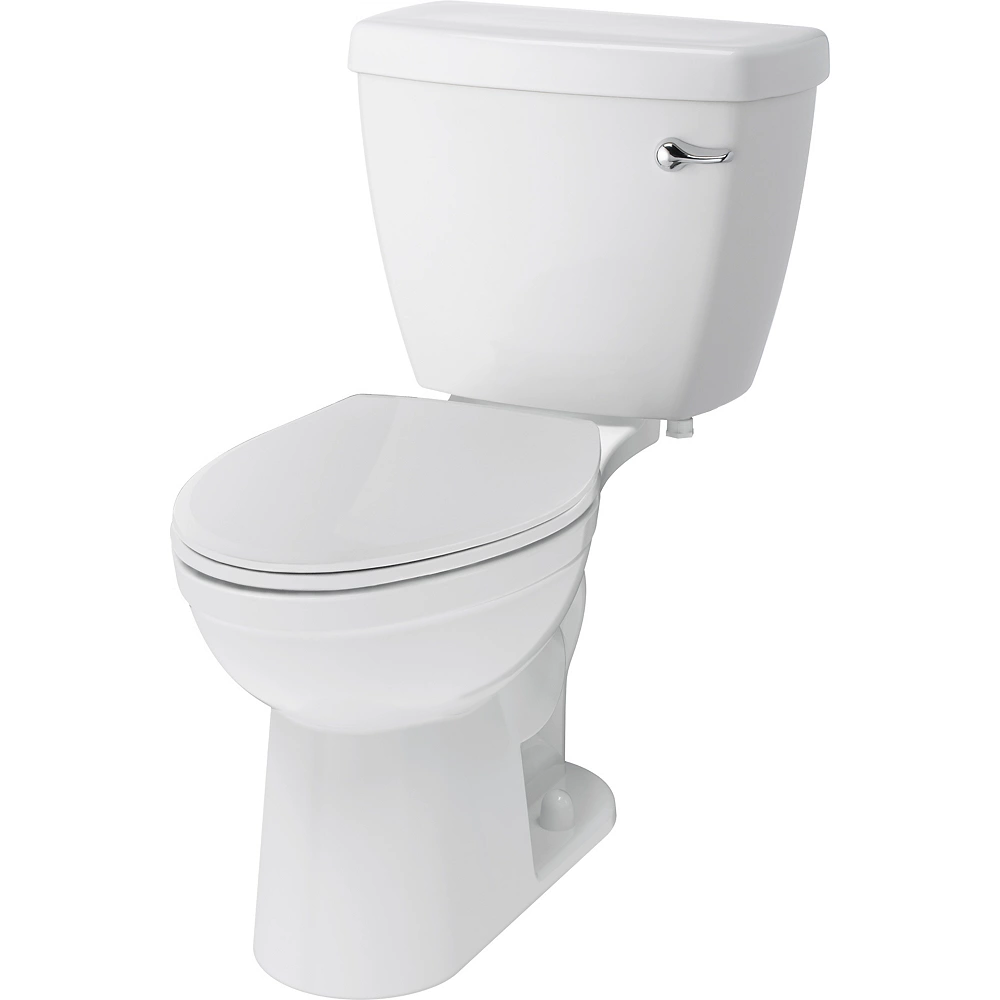
Pros
Commode
Cheaper than a toilet
Ideal for use at night
Can be placed over a regular toilet
Can be used in various locations because of its portability
Offers various adjustability options such as height, backrest, and armrests
Easier to access and saves time that older and limited-mobility people would spend on trips to and from bathrooms
Toilet
Easier to clean because of flushing after every use
Not easily damaged as it is fixed and can’t be moved around
Better waste expulsion with flushing into connected waste management systems
Cons
Commode
Not easy to clean as it doesn’t flush out waste
Frequent movements can lead to damages like breakages
Requires emptying or throwing out waste hence the need for other complementary waste management systems
Toilet
More expensive than a commode
No intrinsic adjustability options for height or other parameters
Some models are not suitable for older people and those with mobility challenges
Best For
Commode
- Best for older people and those with mobility challenges or disabilities
- Best for patients, such as those recovering from injuries, surgery, stroke, or those still bedridden
- Best for homes without a close-by bathroom near the bedroom
Toilet
- Best for people with no serious mobility problems
What is a Commode?
In the modern sense of the word, a commode is a portable container or encasing with a lid used for eliminating human waste without flushing.
A commode is also called a bedside commode, commode chair, or adult potty. It resembles a chair, hence the name “commode chair”.
A commode is used as a portable potty for people with disabilities, limited mobility patients, or older people to relieve themselves more easily.

Usually, a commode comprises various interconnected parts such as a bucket, bucket cover, seat with a lid, and a support frame with a backrest and armrests.
The bucket fits into an opening in the chair-like frame and dangles beneath it to hold the waste once deposited. Commode liners or bags are fit into the bucket to prevent soiling the bucket itself.
Once you are done using the commode, remove the bag for appropriate waste disposal. The bucket is then cleaned and lined again with a bag ready for the next use.
Like toilets, commodes come in various shapes and designs, such as elongated, square, and open-front.
The major advantage of a commode is its portability, which sets it apart from toilets. It acts as a handy alternative to a toilet to serve people who can’t walk to bathrooms or can’t sit on toilets.
People with mobility challenges can easily use the commode from the comfort of their bedroom without moving into a bathroom. This saves them time and the agony of struggling to reach the bathroom.
It’s important to note that anyone can use a commode, even physically normal and healthy people who don’t want to always walk into bathrooms at night.
From Cabinet to Toilet: History of ‘Commode’
The term “commode” has undergone semantic drift to have two different meanings between the early 18th century and the modern day.
In the early 18th century in France, a commode meant a chest of drawers or a cabinet for keeping personal items in. It was a suitable or convenient way of storing such items by the bedside.
Later on, commodes became known as a type of cabinet in which people kept chamber pots, before once again evolving to refer to a wooden chair-like structure for holding chamber pots.
Commodes finally evolved to refer to the porcelain plumbing structures that eventually replaced the chamber pots – now widely called “toilets”.
It is this last direct relation to toilets that makes some people refer to toilets as commodes. However, in the world of collectibles, an antique furniture enthusiast identifies a commode as a chest of drawers.

Types of Commodes
Commodes come in four types, as discussed below.
3-in-1 Commodes
A 3-in-1 commode is also called an all-in-one commode. It can serve three functions: a simple bedside commode, toilet safety frame, or raised toilet seat.
As a bedside commode, you can remove the bucket, lid, and waste and take them out of the bedroom or other location.
When used as a toilet safety frame, the bucket and lid are removed before placing the commode over the toilet.
When placed over a toilet, the armrests of the three-in-one commode act as support rails for easy lowering onto and standing up from the toilet.
Adjusting the height of an all-in-one commode allows you to use it as a raised toilet seat, but now with an open-bottomed splash guard in place of a bucket to guide the waste freely into the toilet.
Drop Arm Commodes
The armrests of a drop arm commode can fold to make it easier for the user to transfer onto and rise from the commode.

Padded Commodes
A padded commode has its seat lined up with non-absorbent pads that are easy to clean just by wiping. The armrests may be padded as well.
The padding makes the commode more comfortable to use because of the reduced pain and pressure on the body.
Bariatric Commodes
A bariatric commode is made of heavy-duty materials to accommodate users weighing over 300 pounds. They have a wider frame and seat to provide more stability, comfort, and utility room.
There may be overlaps between the four types of commodes, such as a three-in-one commode with padded armrests and a seat.
Commodes may also be classified into shower, stationery, and wheeled commodes (those with wheels for easier mobility).
What is a Toilet?
A toilet is a permanent or long-lasting plumbing structure or tool used for human waste elimination. Basically, a toilet is a water-filled fixture for waste elimination.
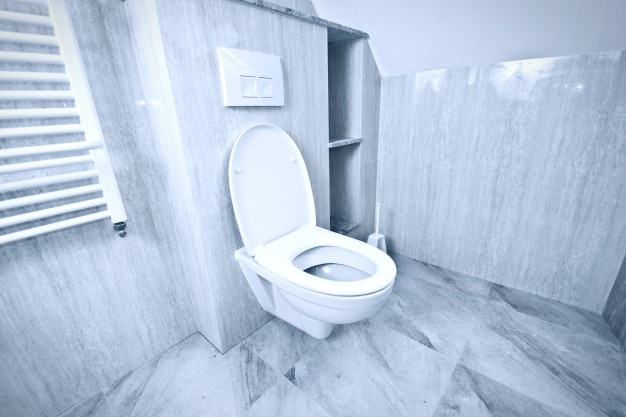
Compared to a commode, a toilet is limited in portability because it is connected to the sewer or water lines of a home or commercial place.
A toilet comprises three major parts:
- The tank (which might be missing in some models)
- The bowl
- The pedestal
Toilets are ideal for ordinary people with little or no mobility issues at all. Whether you have a mobility problem or not, there is a type of toilet tailored to your needs. We will discuss this shortly.
One major shortcoming of toilets is that they have limited adjustability options if any. Once manufactured and installed, you can make very few adjustments, maybe adding some aftermarket parts.
Unlike most commodes, the height of a toilet is not adjustable, and you might have a terrible experience using a short toilet if you are a tall person.
Types of Toilets
Like commodes, toilets come in various types. Different parameters for classifying toilets include the flushing system, design, mounting method, and bowl shape.
The following are some common types of toilets.
Wall Hung/Wall-hanging Toilets
A wall-hung toilet is a minimalist model that reduces space usage. The toilet (bowl and flushing plate) hangs on the bathroom side of the wall while the tank hangs on the other side.
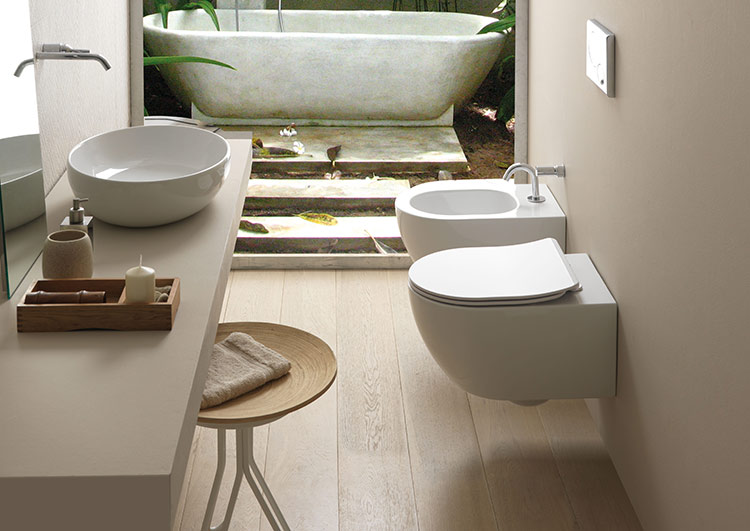
Wall-hanging toilets are common in commercial places like hotels where bathroom space is limited.
One-piece Toilets
A one-piece toilet is a toilet whose tank and bowl are one whole unit. It is a seamless toilet combining the bowl and tank into one solid unit to minimize space usage.
Two-piece Toilets
A two-piece toilet is a toilet whose tank and bowl are two separate units. The tank rests on top of the rearmost part of the bowl, with a small gap in between them.
Two-piece toilets are more common in homes and are cheaper than their one-piece counterparts.
Standard Height Toilets
A standard height toilet measures about 15 to 16 inches high from the floor to the top surface of the toilet seat. These toilets are ideal for young children, short people, and people with constipation issues.
Comfort Height Toilets
A comfort height toilet has a height of about 17 to 19 inches measured from the floor to the top surface of the toilet seat.
The higher height makes comfort height toilets ideal for older people, tall people, and people with disabilities or mobility problems.
Round Toilets
A round toilet features a circular bowl with about 16.5 inches in bowl length. They are ideal for younger children for easy use as they transition from potty training to toilet use.
Elongated Toilets
An elongated toilet has an oval-shaped bowl with a bowl height of about 18.5 inches designed for more comfort during use.
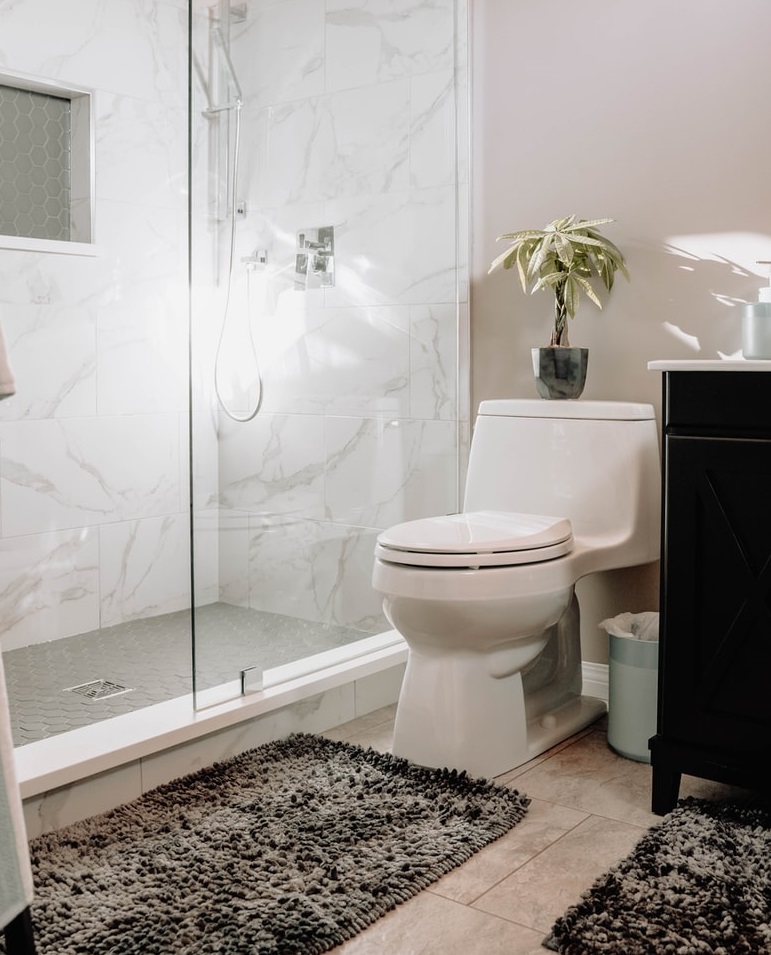
Elongated toilets are ideal for adults, older people, and users with mobility challenges.
Single Flush Toilets
A single flush toilet has only one flush option for both liquid and solid waste. It uses the same amount of water for both, which is wasteful since liquid waste requires less water and pressure to expel.
Double Flush Toilets
A double flush toilet has two flush options. One option expels solid waste with more water, while the second one eliminates liquid waste with less water.
Because of their ability to save water with the dual flushing system, double flush toilets are more expensive than single flush toilets.
Automatic Flush Toilet
Motion sensor technology makes it possible to flush some toilets automatically when you pass your hand near the sensor to indicate that the toilet can now be flushed.
Some automatic toilets don’t even need a motion activation clue to flush.
You’ll find automatic flush toilets typically in commercial or public places like malls, hotels, and airports.
Relevant Characteristics Between Commode and Toilet
Commode vs. Toilet
Compare by tapping or clicking below!

Material
Commode
Aluminum or steel frame, plastic bucket, cover, and seat
Toilet
Ceramic (porcelain/china), Wood, Plastic
Installation
Commode
Usable anywhere or placed over a regular toilet
Toilet
Wall-hanging, Floor-standing, Back to wall
Comfort
Commode
High levels for people with mobility challenges
Toilet
High levels for both normal users and people with mobility issues
Portability
Commode
Highly portable
Toilet
Not portable once installed
Cleanup and Maintenance
Commode
Harder to clean and maintain
Toilet
Easier to clean and maintain
Cost
Commode
$35-$200
Toilet
$150-$2,000
Similarities and Differences
After a thorough discussion of what toilets and commodes are, let’s get into the next section and explore the similarities and differences between the two entities.
Commode and Toilet Differences
Although the terms “toilet” and “commode” are often used interchangeably, the following differences are observable between them.
Material Construction
While commodes are made of aluminum or steel frames and plastic buckets, toilets are made of ceramic, wood, and even plastic.
Aluminum frames are lightweight and highly durable, while steel frames are heavier, stronger, and are usually used in bariatric commodes.
Ceramic or porcelain toilets are the most common in both residential and commercial places. Wood and plastic toilets are scarce and less popular as they are harder to clean.
Installation
Unless you want to use a commode as a toilet safety frame or raised toilet seat over a regular toilet, you do not need to install a commode. Placing it at any convenient spot will work.
On the contrary, a toilet has to be installed well and fully connected with the water or sewer lines to operate. You can expect to pay from $100 as installation costs, depending on the type of toilet.
Portability
The main distinguishing feature of commodes and toilets is portability. Commodes are highly portable and can be used anywhere, while toilets have to be fixed to a specific spot and are thus immobile.
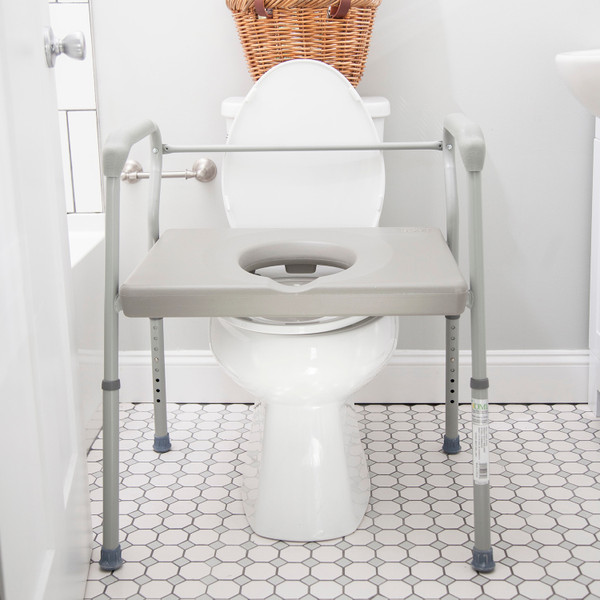
Cleanup and Maintenance
Ideally, it is easier to clean and maintain a toilet than a commode. Although it may be smaller, the latter doesn’t have a flushing system. You have to empty and clean the waste bucket.
Toilets have a flushing mechanism and are thus easier to clean even when messed up.
Maintaining a commode is also harder since breakages to the frame aren’t repairable for most models.
For toilets, maintenance requirements depend on the type, with some easier to maintain than others. For example, it’s easier to maintain a two-piece toilet than a single-piece toilet.
Cost
A commode is cheaper than a toilet. The average cost is $100, but the price ranges between $35 and $200, depending on the type and brand.
The cost of a toilet is $150-$2,000. The price depends on the brand, type of toilet, special features, among other factors.
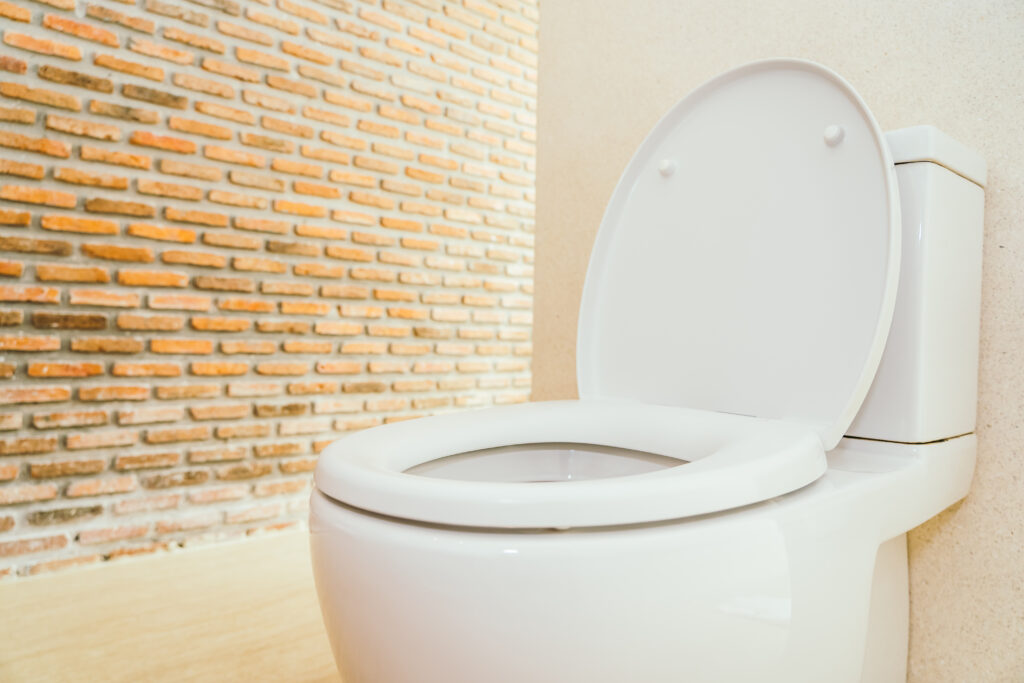
Commode and Toilet Similarities
Despite the many differences, toilets and commodes have the following similarities.
Comfort
The comfort levels for commodes and toilets are relative. It depends on the type of person using the unit.
Normal users with no serious mobility problems find toilets more comfortable. Older people, recovering patients, and people with mobility complications find commodes more comfortable.
Both are Complementary
Anyone can use either toilets or commodes. Depending on your physical and convenience needs at a given time, you can use either of the two solutions to complete your relief business.
What About a Water Closet?
Like a commode, the term “water closet” has two meanings. However, in this case, the two meanings relate specifically to human waste elimination.
Originally, a water closet refers to a room with a toilet in it. The name dates back to the late 19th century when such rooms were first equipped with plumbing and indoor water.
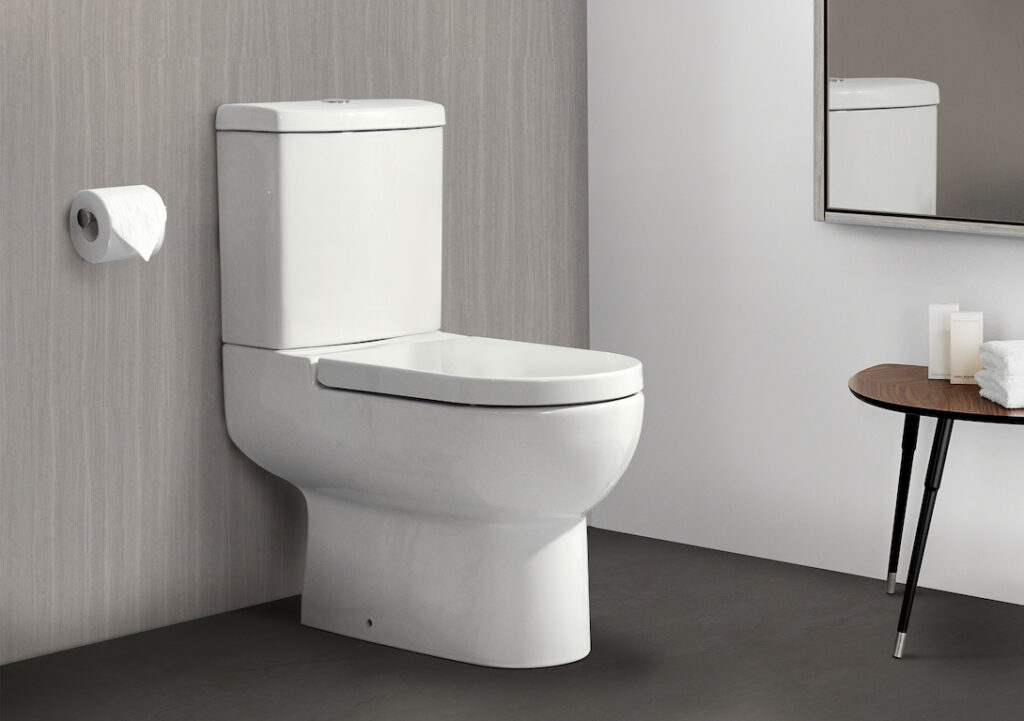
Over time, the original meaning evolved to mean a flush toilet.
You may find a water closet tacked into a bathroom as a little closet with a sliding pocket door or a closing door. The closet will house the toilet itself, toilet paper, and sometimes even a sink.
For bathroom etiquette and ease of communication, you should ask to visit the “water closet” in European countries such as Germany, France, and the Netherlands.
Bottom Line
Choosing between a commode and a toilet is a lot easier once you know the best uses of each type of human waste elimination tool.
You can go for a toilet if you are a user with no severe mobility challenges. You have different types to choose from, such as round, elongated, comfort height, and standard height toilets.
If you are older, recovering from an injury or surgery, or have limited mobility, you can choose a commode to make your relief business easier, especially at night.
Ideally, you can buy a commode as an alternative to your toilet if your bedroom is far off from the bathroom or if you have severe mobility challenges unsolvable using comfort height toilets.
People Also Ask
Because of the duality in meanings of the term “commode”, you may have some nagging questions on the relationship between toilets and commodes. Let’s answer some of these below.
Some people call a toilet a commode because, just like a toilet, a commode serves as a privacy chamber for its users.
The term “commode” as used in human waste elimination evolved semantically from its original meaning of a chest of drawers to refer to the plumbing structure that replaced commodes – the toilet itself.
You can put a 3-in-1 commode over a toilet if you want to use it as a raised toilet seat or a toilet safety frame to make transferring onto and off the toilet easier, safer, and more comfortable.
